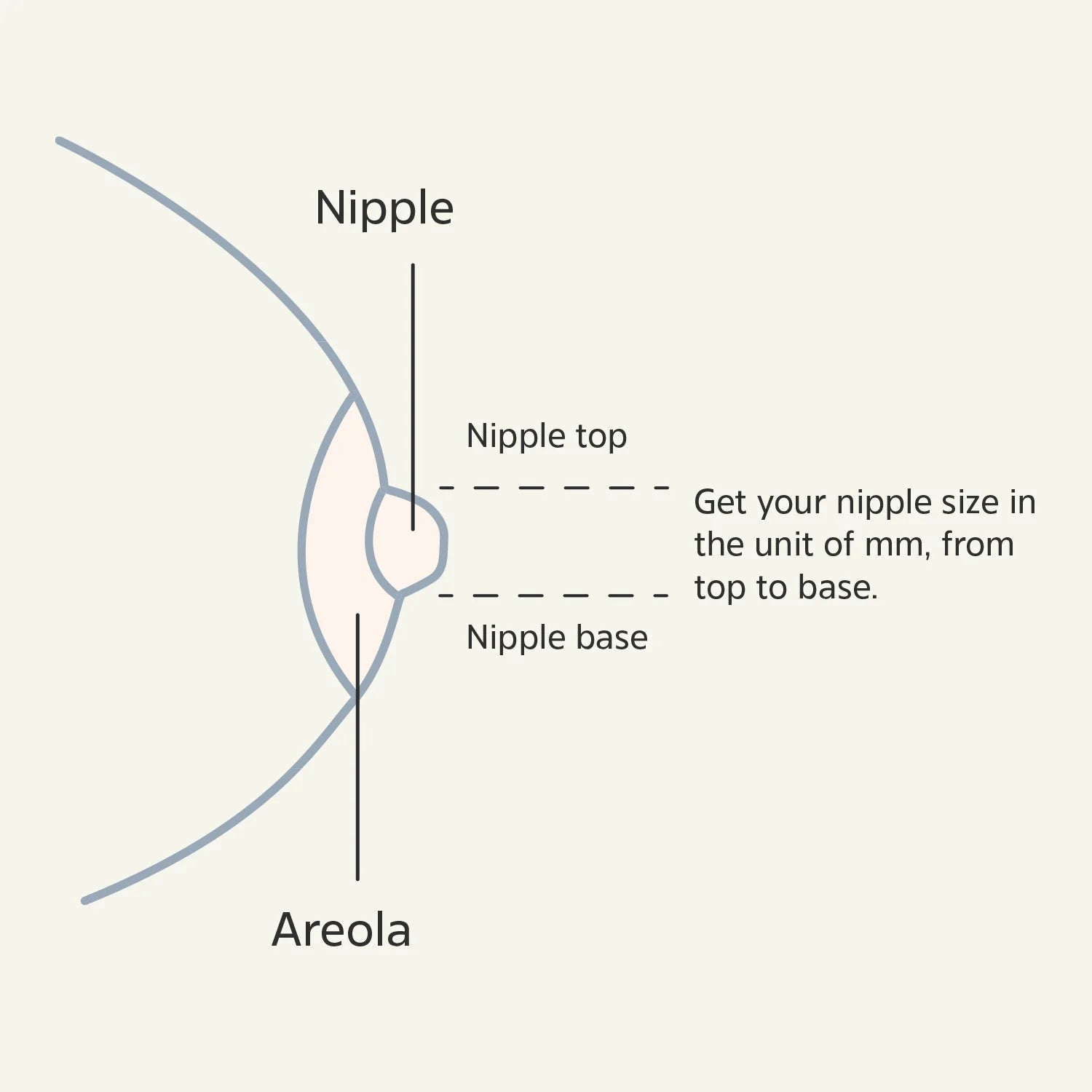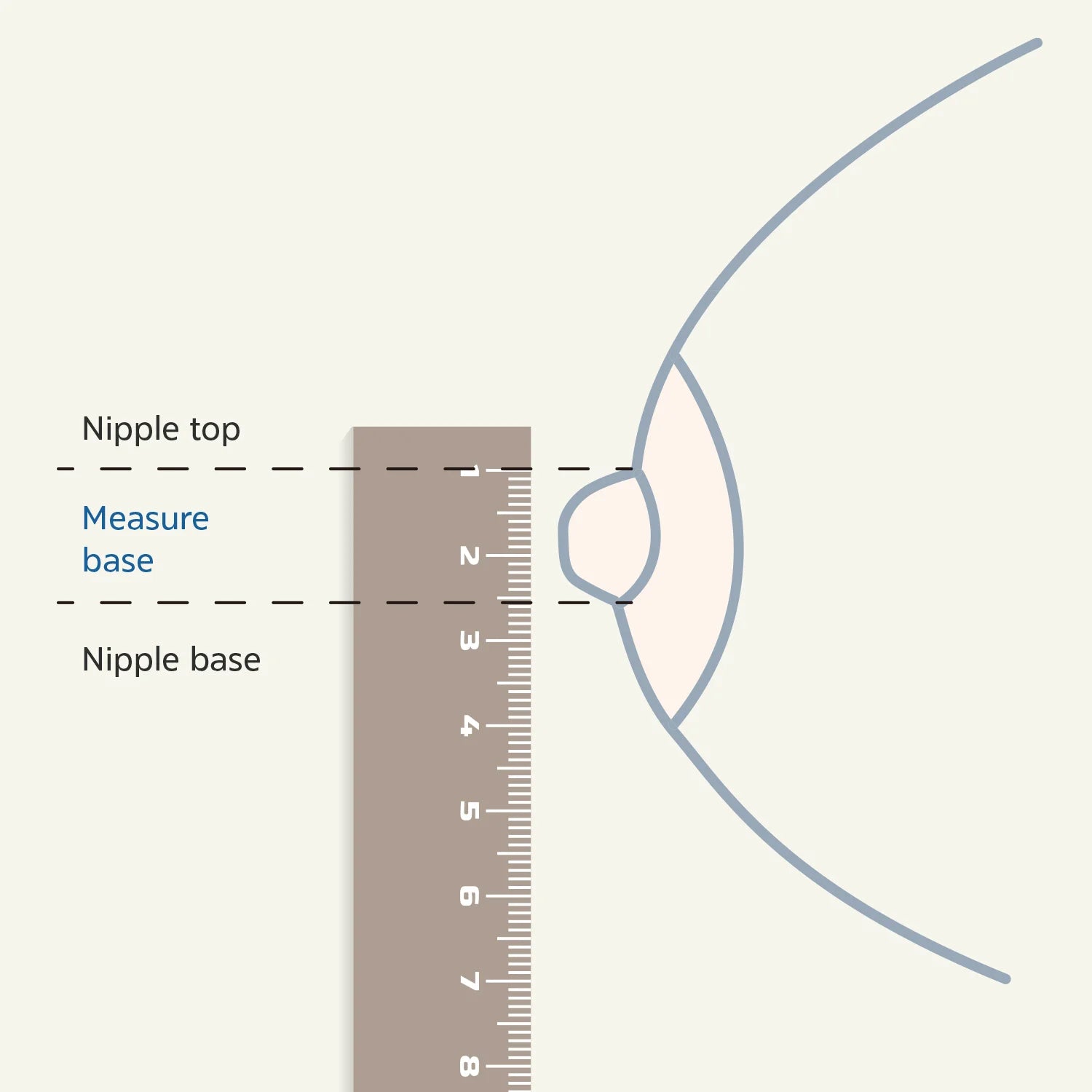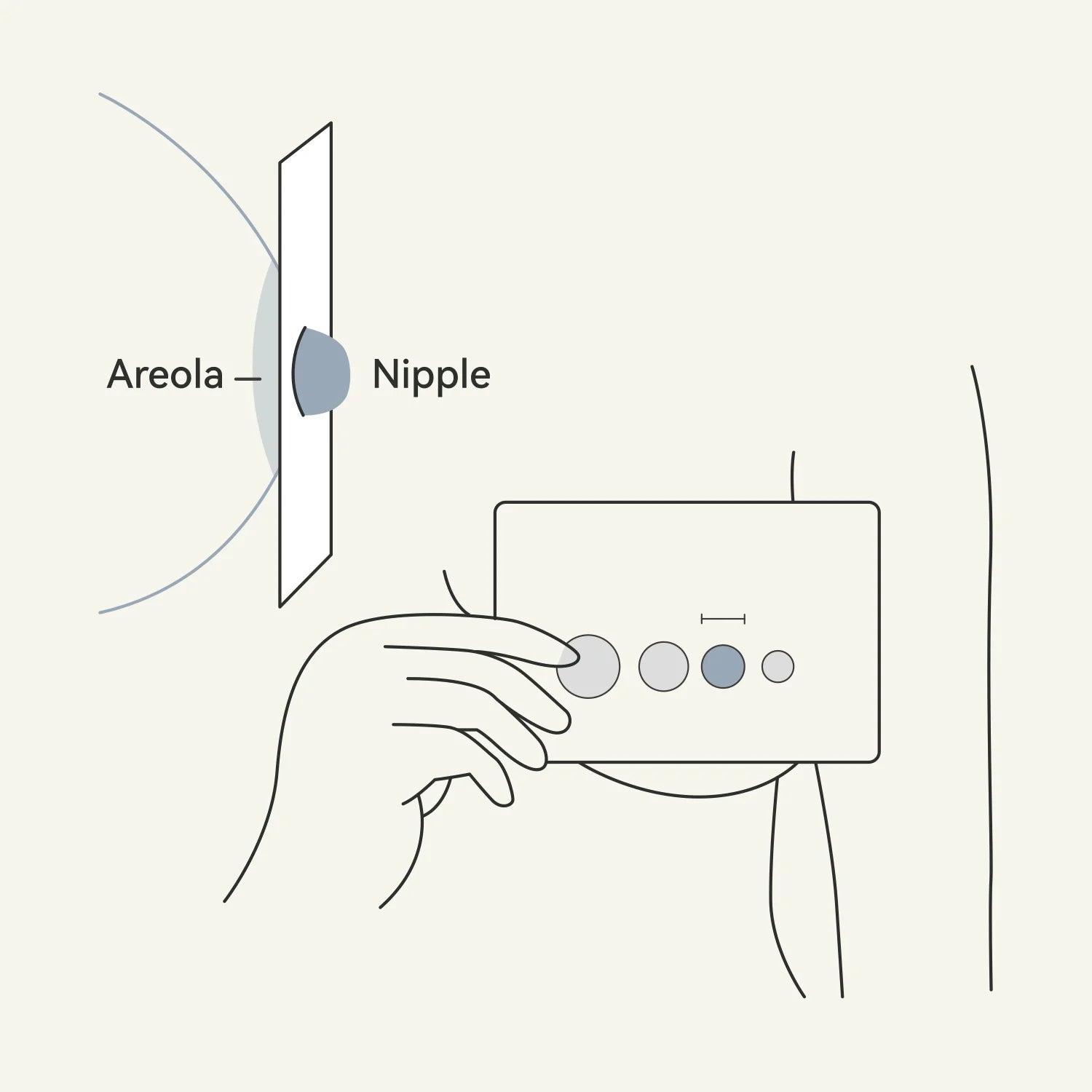New Year Sale – Up to 30% OFF Sitewide >>>
New Year Sale – Up to 30% OFF Sitewide >>>
New Year Sale – Up to 30% OFF Sitewide >>>
New Year Sale – Up to 30% OFF Sitewide >>>
New Year Sale – Up to 30% OFF Sitewide >>>
New Year Sale – Up to 30% OFF Sitewide >>>
New Year Sale – Up to 30% OFF Sitewide >>>
New Year Sale – Up to 30% OFF Sitewide >>>
New Year Sale – Up to 30% OFF Sitewide >>>
New Year Sale – Up to 30% OFF Sitewide >>>
New Year Sale – Up to 30% OFF Sitewide >>>
New Year Sale – Up to 30% OFF Sitewide >>>
New Year Sale – Up to 30% OFF Sitewide >>>
New Year Sale – Up to 30% OFF Sitewide >>>
New Year Sale – Up to 30% OFF Sitewide >>>
We use cookies and similar technologies to provide the best experience on our website.


Breast Pump Flange Size Guide
Understanding Breast Pump Flanges
The flange is the part of your breast pump that comes into direct contact with your breast and nipple, forming a seal around the areola. Shaped like a funnel, it pulls your nipple into the tunnel to extract milk.
Flanges are usually made of plastic or silicone and come in different sizes to fit various nipple dimensions.
Some pumps offer multiple flange sizes or smaller inserts to help you get the perfect fit for a more comfortable and efficient pumping experience.

Why Does Flange Size Matter?
Using the right flange size can make all the difference! A good fit maximizes milk output, prevents nipple pain, and ensures a smooth pumping experience. On the other hand, the wrong size can lead to discomfort, reduced milk flow, and even nipple damage.
What Happens If the Flange Doesn't Fit Right?
- Too Small: Your nipple might rub against the sides, causing soreness.
- Too Large: The areola might get pulled into the tunnel, leading to discomfort and less milk production.
What Should Your Nipple Look Like in the Flange?
Your nipple should fit comfortably inside the flange tunnel without rubbing or pinching. The areola should remain outside the tunnel.
If the flange is too small, your nipple may rub against the sides, causing discomfort. If it’s too large, the areola might be sucked in, reducing milk flow and leading to pain.

❌Too Small
Nipple rubbing against the flange

✔️Correct Fit
Nipple snug nicely inside the tunnel of flange

❌Too Large
Nipple along with aerola is being sucked into the flange
How to Measure Your Flange Size
Let’s get you started with two easy methods to measure your nipple and find your perfect flange size:

Method 1: Using a Ruler
Step 1: Gently stimulate your nipple to make it stand out.
Step 2: Hold the ruler at a 90-degree angle to your nipple.
Step 3: Measure from the base to the tip of the nipple in millimeters. This gives you your base size.

Method 2: Using a Nipple Ruler with Holes
Step 1: Insert your nipple into the holes gently.
Step 2: Find the hole that’s a comfortable fit without squishing your nipple.
Step 3: Measure the size of the hole that fits best.
MomMed Flange Options
Our standard MomMed breast pump comes with a 24mm flange, designed to fit most users.
However, we also provide additional flange options to cater to different needs:
- 27mm Flange: Ideal for those with larger nipples, offering a comfortable fit without compromising milk output.
- Inserts from 17mm to 21mm: These inserts are designed to customize your flange size for a more precise fit, especially for those with smaller nipples.
Choosing the Right Flange Size
Once you know your nipple measurement, it’s time to pick your flange size. We suggest adding 1-3mm to your measurement to allow room for nipple expansion during pumping.
- Why the Extra 1-3mm? When pumping, your nipple swells slightly. The additional millimeters give your nipple room to move without causing friction, ensuring comfort and good milk flow.


Signs of a Correct Fit
Share information about your brand with your customers. Describe a product, make announcements, or welcome customers to your store.
Will My Flange Size Change?
It might! Your breasts can change during your pregnancy and breastfeeding journey.
Regularly check your fit, especially in the first few months. If something feels off, don’t hesitate to re-measure and adjust your flange size.
Extra Tips for Getting the Most Out of Your Pumping Sessions
- Try Different Flange Sizes: Some moms find that each breast needs a different size.
- Stay Comfortable: If your nipples feel sore, check your flange fit first. A simple size adjustment can make a big difference.
- Listen to Your Body: Everyone’s journey is unique. Pay attention to how your body reacts during and after pumping.
Download the Flange Size Guide

Our mission is to equip every family, and especially women who are trying to conceive, with the most professional guidance and companionship.
Tell: (1)888-341-9155

